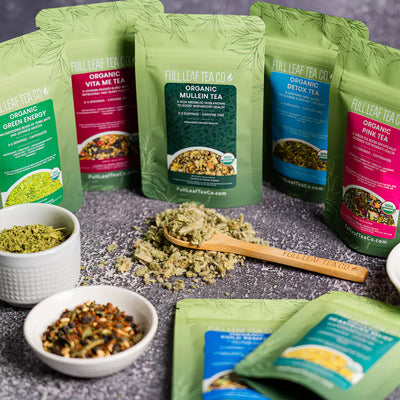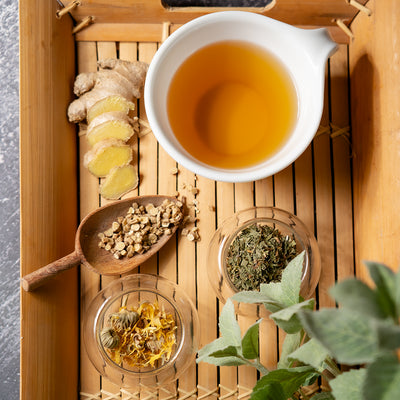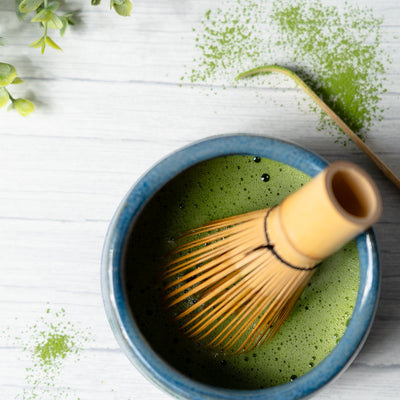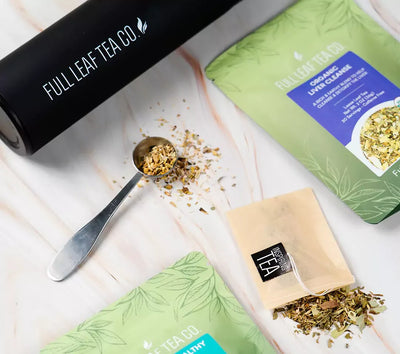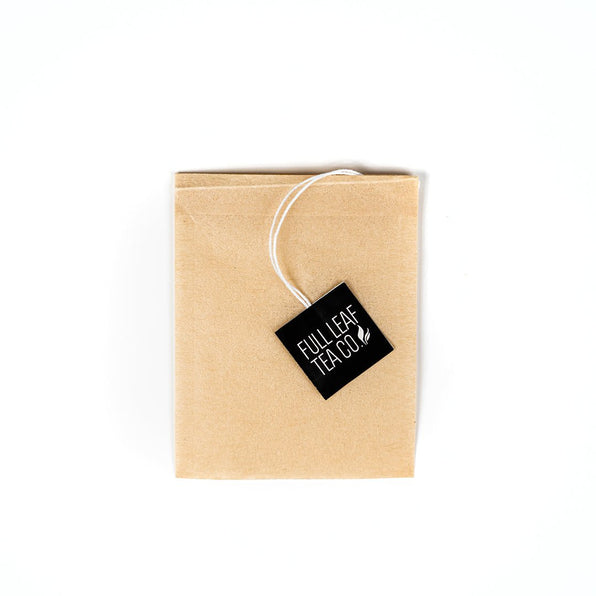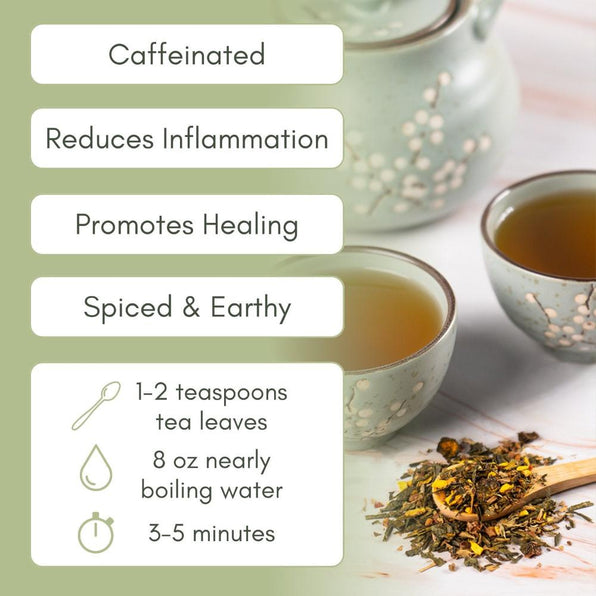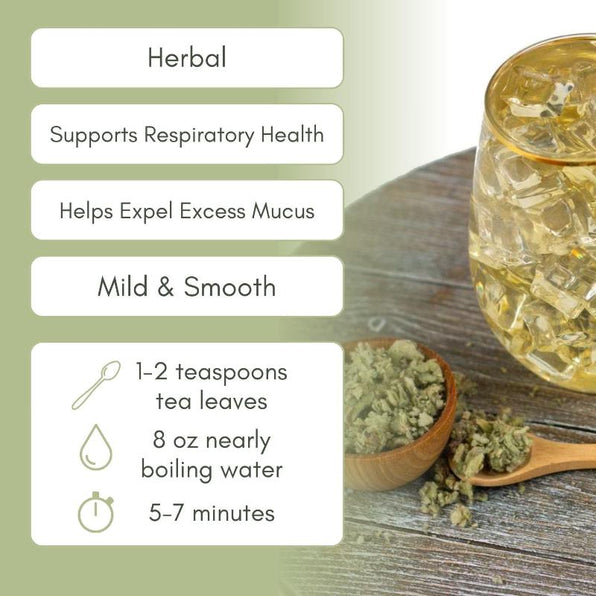What is Green Tea?
Green tea is a type of tea made from the leaves of the Camellia sinensis plant. Unlike black tea, green tea leaves are not fermented. Instead, they are quickly steamed or pan-fired to prevent oxidation, which helps retain their green color and preserves their natural antioxidants. Green tea is known for its light, fresh flavor and numerous health benefits, including improved brain function, fat loss, and a reduced risk of various diseases due to its high content of polyphenols and catechins.
Matcha is a specific type of green tea that is ground into a fine powder from specially grown and processed green tea leaves. Unlike traditional green tea, where the leaves are steeped and then discarded, matcha involves consuming the entire leaf, providing a higher concentration of nutrients. Matcha has a vibrant green color and a rich, slightly sweet, and umami flavor. It is especially prized for its high levels of antioxidants, particularly epigallocatechin gallate (EGCG), which is believed to offer numerous health benefits, including enhanced metabolism and improved mental clarity. The unique cultivation process of matcha involves shading the tea plants for several weeks before harvest, which boosts the chlorophyll content and enhances the flavor profile.

What are the Origins of Green Tea and Matcha?
Green Tea
Green tea traces its origins to China, where it has been enjoyed for millennia. It plays a significant role in Chinese culture and tradition, with many associating it with various health benefits and ceremonial practices. China continues to be a leading producer of green tea, offering an extensive array of varieties. These teas are often named based on their region of origin or distinctive characteristics, reflecting the diversity of China's tea landscape.
- Lung Ching (Dragon Well) - Hailing from the West Lake area in Hangzhou, Zhejiang Province, Lung Ching tea is famous for its flat, jade-green leaves. It's got a sweet, slightly nutty taste that tea lovers can't get enough of.
- Gunpowder Green - This tea's from Zhejiang Province too. It gets its catchy name from the way the leaves are tightly rolled into little pellets, looking a bit like old-school gunpowder. Expect a bold, smoky flavor that packs a punch.
- Sencha - Sencha is a fan-favorite green tea, famous for its fresh, grassy taste with a hint of astringency. While it's typically a Japanese specialty, our Sencha is skillfully grown in China. You'll still get that bright green color and the perfect balance of sweet and bitter notes. The tea leaves go through a careful process of steaming, rolling, and drying to nail that distinctive flavor and eye-catching look.
Matcha
Matcha is a fine green tea powder renowned for its unique qualities. Originating in China, Matcha became a cultural cornerstone in Japan, particularly in the Kyoto region where our Matcha is meticulously produced. Kyoto's tea farmers employ a sophisticated shading technique, covering the tea plants for several weeks before harvest. This practice enhances chlorophyll production, resulting in Matcha's vibrant green color and intensified flavor. After careful harvesting, the leaves are steamed, dried, and ground into a silky powder using traditional stone mills. Tea enthusiasts worldwide cherish Kyoto Matcha for its vivid green appearance, rich umami taste, and numerous health benefits. It's truly the superhero of teas!
Ceremonial Grade Matcha - This is the highest quality matcha, made from the youngest tea leaves from the top of the plant. It has a smooth, delicate flavor with a natural sweetness and a vibrant green color. Ceremonial grade matcha is traditionally used in Japanese tea ceremonies and is best enjoyed on its own with hot water to fully appreciate its refined taste.
Premium Grade Matcha - Slightly lower in quality than ceremonial grade, premium grade matcha is still made from young tea leaves but may include some leaves from lower parts of the plant. It has a rich flavor, slightly more robust and earthy than ceremonial grade, and is ideal for daily drinking. This grade offers a good balance between quality and cost.
Culinary Grade Matcha - This grade is made from older tea leaves and has a more pronounced, slightly bitter taste. Culinary grade matcha is less vibrant in color and is typically used for cooking and baking, where its stronger flavor can stand out in recipes. It is perfect for adding to smoothies, lattes, desserts, and other culinary creations.
How Do You Prepare These Teas?
Green Tea
Form:
Green tea consists of dried, whole tea leaves. The leaves are steeped in water, and then removed, leaving behind the brewed tea.
Flavor:
Green tea offers a lighter, more delicate flavor. It can range from sweet and grassy to slightly astringent, depending on the variety and brewing time.
Price:
Green tea is generally more affordable. The price varies depending on the quality and type of tea, but it is typically less expensive than matcha.
Brewing Experience:
Brewing loose leaf green tea is more straightforward. It involves steeping the leaves in hot water for a few minutes and then straining the tea. The process is simpler and quicker compared to preparing matcha.
Matcha
Form:
Matcha is a finely ground powder made from whole green tea leaves. The entire leaf is consumed, providing a more concentrated dose of nutrients and antioxidants.
Flavor:
Matcha has a rich, creamy texture with a unique umami flavor. It is slightly sweet and vegetal with a hint of bitterness.
Price:
Matcha tends to be more expensive than loose leaf green tea due to the labor-intensive growing and processing methods. High-quality matcha, particularly ceremonial grade, can be quite costly.
Brewing Experience:
Brewing matcha involves sifting the powder, whisking it with hot water using a bamboo whisk (chasen), and creating a frothy mixture. It is a meditative process that can be seen as a form of mindfulness practice.



